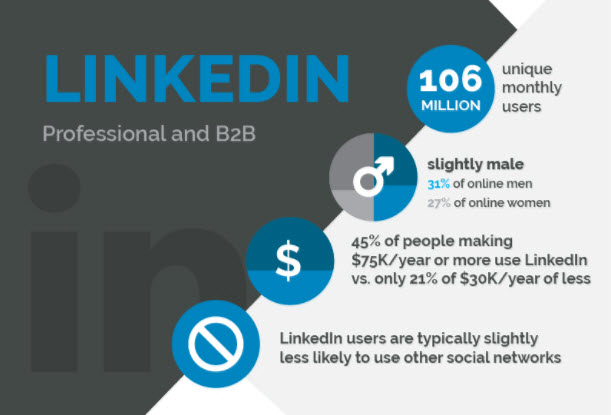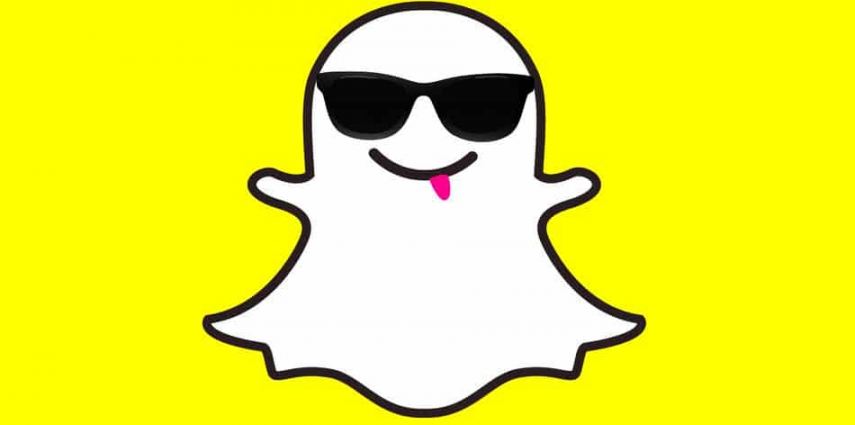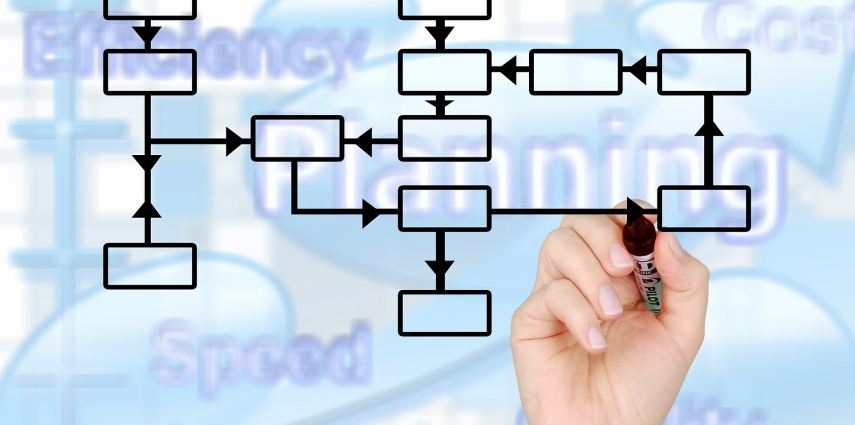Snapchat is a popular mobile application created by three former Stanford University students in 2011. The app allows its users to share images and multimedia instantly through its platform and has since developed into a graphics and overlay king that attracts a particularly younger audience.
It is estimated there are 160 million active users world-wide using Snapchat, with a majority of its user-base ranging between the ages of 18 – 24 years old. For employers who are looking to recruit younger workers, Snapchat is a great source to tap into. Not only can it be great for job recruitment, but it can be used as a tool to promote company brand and build an online audience in a fun and unique way. Here’s how some big names are using Snapchat to recruit talent and expand:
Snapchat for job recruitment:
A social media campaign launched by McDonald’s in Australia called “Snaplications” aimed to attract young job seekers on Snapchat. It required users to upload a 10-second video as an introductory application. Once reviewed, McDonald’s would then send prospects a link through Snapchat connecting applicants to their website to apply online. The Australia chief operating officer Shaun Ruming said, “We think this is actually a world first. Snaplications is basically a Snapchat ‘lens’ that gives users the ability to apply for a job —or at least commence that process—by sending a 10-second snap.”
Snapchat also includes a geofilter capability that enables visual overlays on specified locations on a map. This allows employers to target specific locations and places (such as college campuses or businesses) and offers a unique method of promotion and interest.
Snapchat for employer branding:
The well-known IT and networking company Cisco started a social media campaign allowing their employees to capture daily work activities and experiences using Snapchat. Workers from different locations world-wide post videos of their offices, events they attend, and tours of product-testing centers to showcase what a day in the life of a Cisco employee entails. New content is posted by a group of Cisco employees chosen from their 165 global locations daily, which is a great way to get noticed by interested Snapchatters who would possibly be interested in joining the company.
Cisco’s director for culture and global employer branding Macy Andrews says, “We want to showcase a different variety of jobs, so we might pick someone from engineering, or finance or legal, so we can show what various jobs at Cisco look like,” she says. “Some of it is location-based — we might be looking to fill a position at our site in Germany or our Richardson, Texas office, so we’ll get someone to snap from those locations.”
Andrews also commented on the role employees play when attending special events. “If our CEO goes to the New York office, we may have a group of employees there follow him around and snap various meetings or photos of him taking our interns out to lunch.”
As Snapchat was once viewed as simply a video-sharing platform with fun graphics, it is now becoming more and more recognized as a tool for businesses to recruit talent and focus on improving employer brand. President of New York-based marketing firm Jody Ordinoni says that if you’re using Snapchat to recruit, “It means you’re kind of cool…it’s a way to show your audience that you’re embracing new technology.”
Pereless Systems Applicant Tracking includes free, innovative tools to promote jobs through social media platforms like Snapchat. Let us show you how to post & share for free!
Snapchat Recruiting: The Next Hiring Tool September 12th, 2017Pereless














